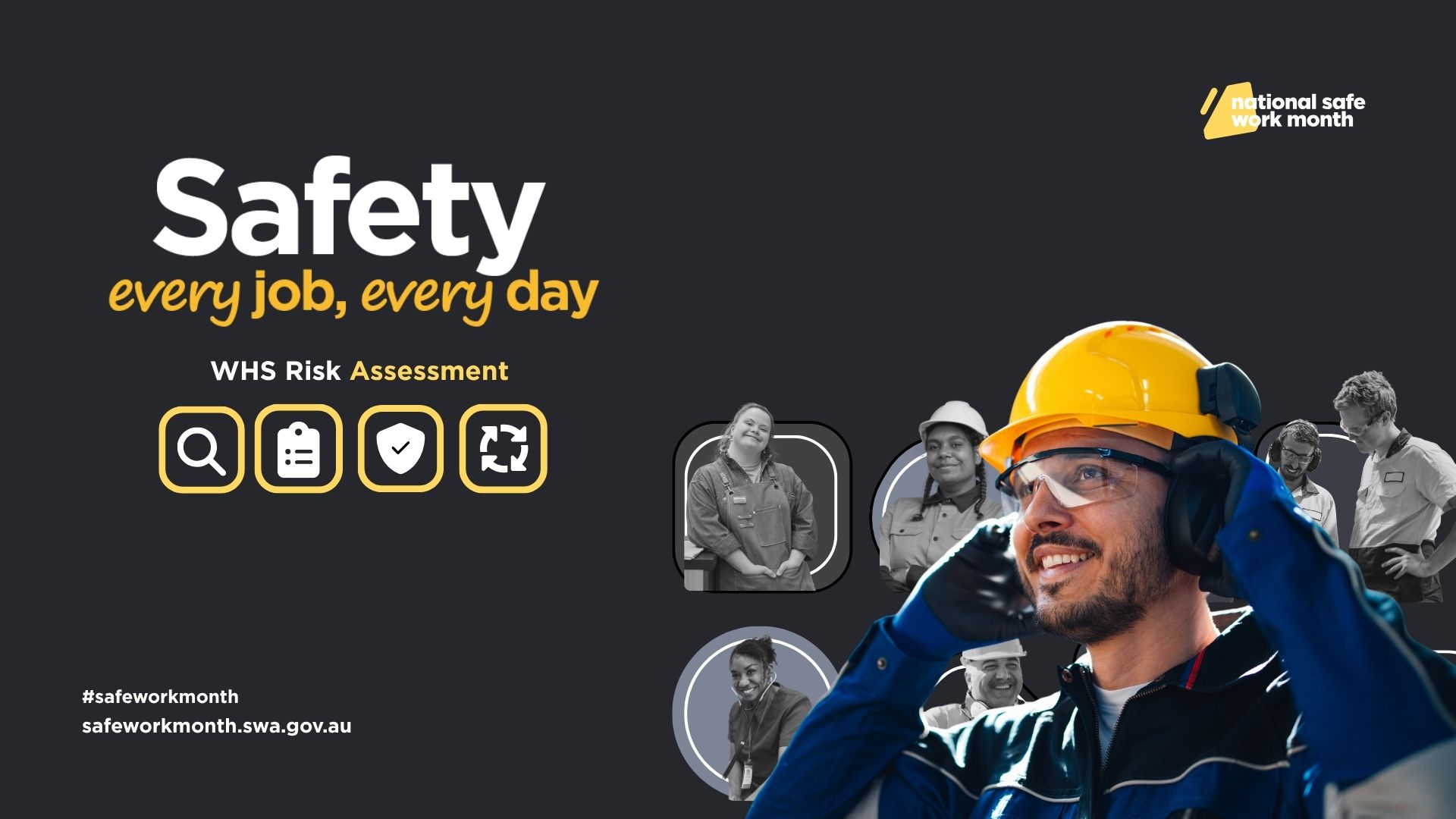How OHS Can Best Manage Human-Related Risks and Hazards
A one-size-fits-all approach does not work when it comes to human-related risks and hazards, and OHS needs to carefully consider what controls are employed to minimise such risks and hazards, according to HBA Legal.|A one-size-fits-all approach does not work when it comes to human-related risks and hazards, and OHS needs to carefully consider what controls are employed to minimise such risks and hazards, according to HBA Legal.

A one-size-fits-all approach does not work when it comes to human-related risks and hazards, and OHS needs to carefully consider what controls are employed to minimise such risks and hazards, according to HBA Legal.
Historically, the management of human-related risks and hazards (such as bullying, harassment, sexual harassment and occupational violence) has been viewed mostly as a function of training within HR, said Damian Hegarty, a partner at HBA Legal.
“In that context, often a code of conduct is presented during an induction setting out the organisations expectations and asking individuals to speak up if they observe behaviour that is contrary to the code of conduct. Occasionally, some refresher training is undertaken,” he said.
“However, when considering ‘humans as the hazard’ how do those control measures stack up when looking through a safety lens and the hierarchy of controls?”
Hegarty, who was speaking ahead of the AIHS Visions Conference, which will be held from 8–10 September at the Mantra at Sharks Southport, said this means adopting a risk management approach to the issue.
This approach is well known to OHS professionals, but not so much within human resources, Hegarty observed.
“Those kinds of ‘zero tolerance’ policies alone are not enough, nor should they be the start and endpoint when considering controls,” he said.
“There may be physical changes that can be made to the work environment which allow for a safe retreat and ability to call for assistance or other ways of performing the work which removes or minimise the risk.”
In so far as the administrative controls are concerned, Hegarty said organisations need to take proactive steps to embed such policies into their culture.
“For example, we have seen that in response to the pandemic, organisations publicly displaying and reinforcing their ‘zero tolerance’ policies, through pre-recorded messages, advertisements and displays,” he said.
“Importantly, where workers have spoken up or called out unacceptable behaviour, they have largely been supported by co-workers, supervisors, managers and executives. They are foundational actions that if maintained will see that cultural change.”
When assessing the risk profile of ‘humans as the hazard’, Hegarty said it is important to remember this includes interactions between workers, contractors engaging which your workers and/or members of the public.
“Therefore, a one size fits all approach is not appropriate,” he said.
When addressing this issue, one of the common challenges for OHS professionals and organisations is the notion that you cannot control other humans’ behaviour.
“That may be true, though what controls can you point to that have minimised the risk of being exposed to those behaviours, so far as is reasonably practicable,” said Hegarty.
Hegarty will be speaking at the AIHS Visions Conference, which will be held from 8–10 September 2021 at the Mantra at Sharks Southport. The Visions Conference has been run for the past 29 years by the Queensland Division of the Australian Institute of Health and Safety. For more information call (03) 8336 1995, email visions@aihs.org.au or visit the event website.
Article originally published by the Australian Institute of Health and Safety.
Learn more about myosh
Book a 15 minute online demo today





